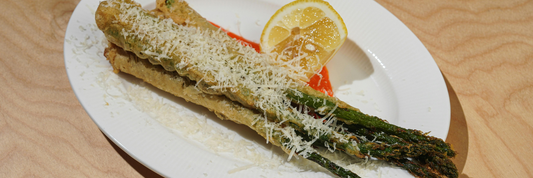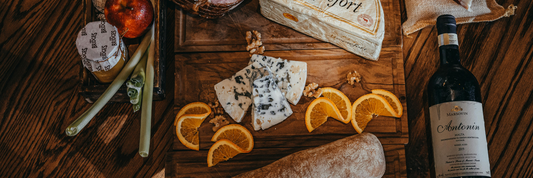When it comes to preparing food safely and efficiently, a high-quality cutting board is indispensable. Among the wide array of materials available, olive wood cutting boards have gained significant popularity due to their exceptional blend of durability, natural beauty, and eco-friendliness. This comprehensive guide will help you understand why olive wood stands out and how to select and care for your cutting board to ensure lasting satisfaction.
- Which Wood Is Best for Kitchen Utensils?
- How to Make Cutting Board Oil: A Step-by-Step Guide
-
How Is Wooden Cutlery Made?
Why Choose an Olive Wood Cutting Board?

Olive wood is distinguished by its unique grain patterns and warm honey tones that add a touch of elegance to any kitchen. This wood is sourced sustainably, often harvested from olive trees no longer producing fruit, supporting environmental conservation.
Beyond aesthetics, olive wood offers a perfect hardness level—firm enough to resist knife marks and scratches, yet gentle enough to preserve the sharpness of your blades. Unlike synthetic materials, olive wood naturally contains antibacterial compounds, which reduce the risk of harmful bacterial growth on your board. Its dense grain structure also makes it water-resistant, limiting moisture absorption and preventing warping or unpleasant odors.
Moreover, olive wood cutting boards are surprisingly lightweight and easy to maneuver, and their maintenance is straightforward with regular oiling, which keeps the wood hydrated and resilient.
Comparing Olive Wood to Other Cutting Board Materials

Understanding how olive wood stacks up against other materials can help you make an informed choice:
- Maple boards are hard and durable but have a more uniform appearance that may lack character.
- Teak boards are oily and highly resistant to moisture but tend to be heavier and pricier.
- Bamboo boards are sustainable and affordable but can be prone to cracking over time.
- Plastic boards offer easy cleaning but scratch easily, which can harbor bacteria.
Olive wood offers a harmonious balance of durability, natural antimicrobial properties, and stunning visual appeal, making it a preferred option for chefs and home cooks seeking both function and style.
How to Choose the Right Olive Wood Cutting Board

Selecting a quality olive wood cutting board involves several important criteria:
- Sustainability: Ensure the wood comes from certified sources (like FSC or PEFC) to support responsible forestry.
- Size and Thickness: Pick a board size that fits your kitchen space and cooking habits—thicker boards offer better durability for heavy use.
- Finish and Grain: Look for a smooth finish with visible, natural grain. Avoid boards with cracks, knots, or uneven surfaces.
- Brand and Warranty: Trusted brands often provide guarantees, better craftsmanship, and customer support.
Popular models include handcrafted boards with unique grain patterns, often available in various sizes to suit different needs.
Caring for Your Olive Wood Cutting Board

To preserve your cutting board’s beauty and functionality, proper care is essential:
- Daily Cleaning: Wash with mild soap and warm water immediately after use; never soak or submerge.
- Oiling: Regularly apply food-grade mineral oil or natural olive oil to prevent the wood from drying out and cracking.
- Avoid Heat: Keep away from direct sunlight, stoves, or dishwashers to prevent warping.
- Scratch and Odor Management: Lightly sand minor scratches with fine sandpaper and use lemon juice or baking soda to eliminate odors.
- Storage: Store in a dry, ventilated space to maintain wood integrity.
Long-Term Benefits of Olive Wood Cutting Boards
Investing in an olive wood cutting board is a decision for longevity. Its natural properties reduce the need for frequent replacement, saving you money in the long run. Moreover, its chemical-free nature promotes healthier food prep, while supporting sustainable practices helps protect the environment.
The elegant appearance also makes it a stylish kitchen accessory and thoughtful gift for food lovers.

Frequently Asked Questions (FAQs)
Q: Can olive wood cutting boards be used for all foods?
A: Yes, but it’s best to avoid cutting very acidic foods repeatedly to maintain the finish.
Q: Are they prone to mold?
A: Proper cleaning and drying prevent mold growth.
Q: Can they go in the dishwasher?
A: No, dishwasher heat and water exposure damage the wood.
Q: How often should I oil the board?
A: Every 1-2 months, or whenever the wood looks dry.
Q: Are they suitable for professional kitchens?
A: Yes, they’re durable and hygienic for professional use with proper care.
Conclusion
Olive wood cutting boards offer a rare combination of natural beauty, durability, and hygienic properties, making them an outstanding addition to any kitchen. By choosing quality products and maintaining them well, you invest not only in your cooking experience but also in sustainable living.




